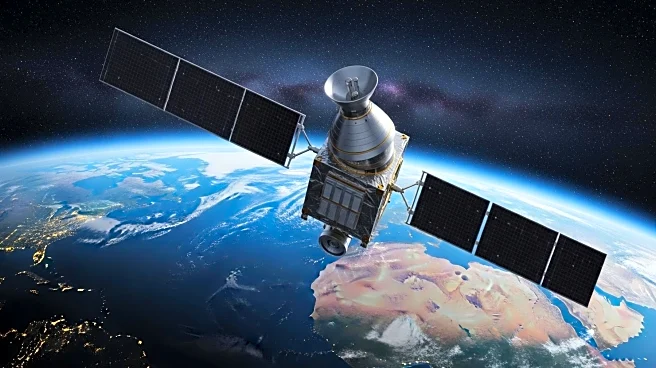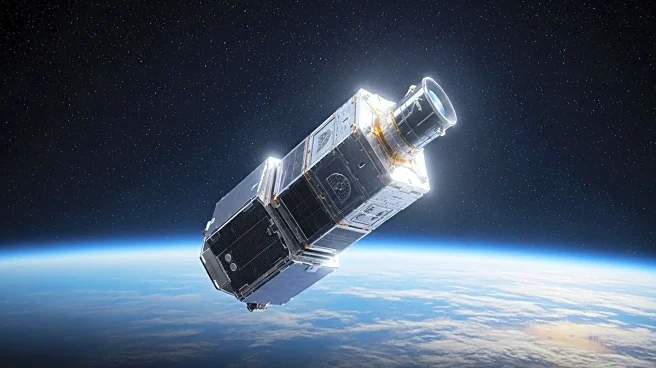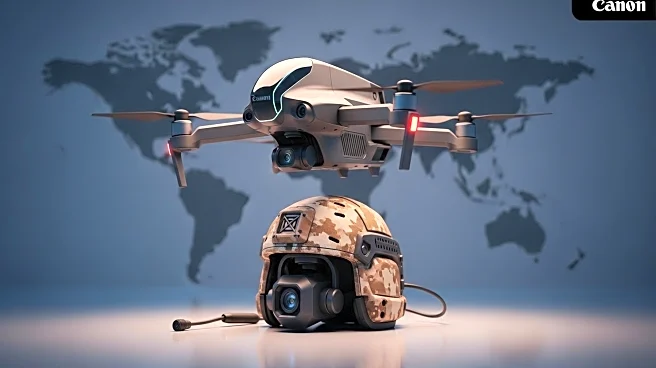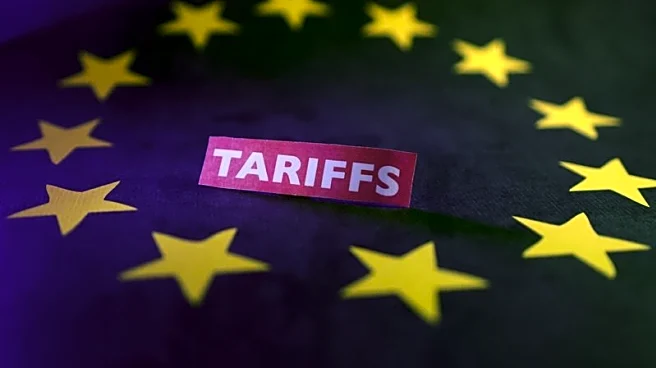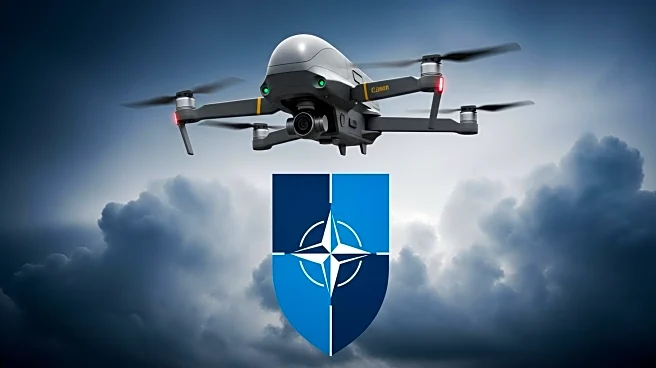What's Happening?
A Maxar Intelligence executive, Susanne Hake, has expressed concerns over the U.S. government's proposed budget cuts to commercial satellite imagery funding. Speaking at an aerospace industry conference, Hake highlighted the potential risks to battlefield operations if the funding for commercial electro-optical imagery is reduced by approximately 30%, as proposed in the Trump administration's 2026 budget. The budget also suggests eliminating funding for synthetic aperture radar imagery, a critical capability since Russia's 2022 invasion of Ukraine. Hake emphasized the need for predictable funding and long-term contracts to maintain the industry's ability to deliver cost-effective and scalable solutions. The industry, including companies like Maxar, Planet, and BlackSky, has previously warned Congress that such cuts could reverse progress in integrating commercial services into national security operations.
Why It's Important?
The proposed budget cuts could significantly impact the U.S. commercial remote sensing industry, which plays a crucial role in national security and battlefield operations. The reduction in funding may hinder the industry's ability to provide timely and cost-effective imagery solutions, potentially affecting military operations that rely on these services. Additionally, the cuts could stifle innovation and investment in the sector, allowing international competitors, particularly China, to gain an edge in commercial remote sensing capabilities. The decision to cut funding raises questions about the U.S. government's commitment to leveraging commercial technology for national security purposes and could lead to increased reliance on more expensive, bespoke government satellite systems.
What's Next?
As the budget proposal moves through Capitol Hill, industry leaders are likely to continue lobbying for the restoration of funding. The outcome will depend on the decisions of appropriators who are currently weighing the potential impacts of the proposed cuts. If the funding is not restored, commercial remote sensing companies may need to adjust their business strategies, potentially seeking alternative markets or partnerships to sustain their operations. The U.S. government will need to decide whether to prioritize commercial imagery solutions or invest in developing its own satellite systems, which could take years and require significant financial resources.
Beyond the Headlines
The budget cuts could have long-term implications for the U.S. position in the global commercial remote sensing market. Reduced investment in this sector may lead to a decline in technological advancements and competitiveness, affecting the U.S.'s ability to maintain its leadership in space-based technologies. Furthermore, the decision to cut funding could influence the broader aerospace industry's perception of the U.S. government's support for commercial innovation, potentially impacting future collaborations and investments.
